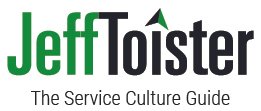There are certain words that, when used in the wrong place at the wrong time, can trigger a customer's anger. These are called "trigger words". They often make customers angry because they communicate a lack of caring, or worse, they make the customer feel powerless. You can avoid unnecessarily aggravating customers in tense situations by replacing trigger words with words or phrases that are more acceptable.
Here are some examples:
Trigger
"No"
Replacement
Yes - find a way to say yes
Options - a good bet when you can't say yes, but can give your customer some choices
"Policy"
Benefits - explain how your customer will benefit
Request - put it in the form of a request. Instead of "It's our policy", say, "Will you please."
"Can't"
Can - focus on what is possible

